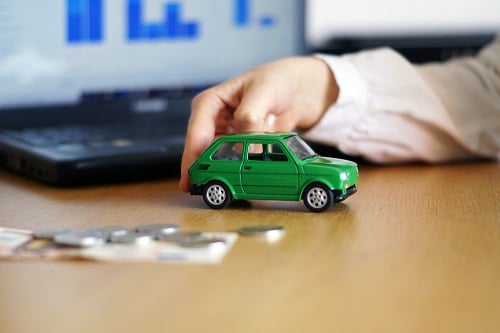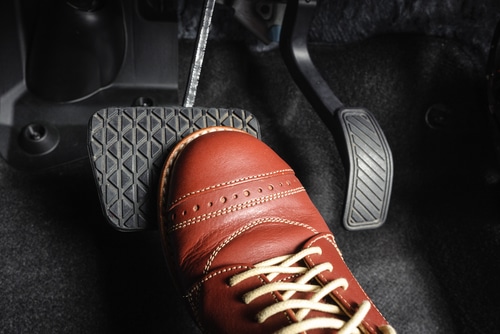Home » Blog » Car » Car Lifestyle » Can I Afford It? Here’s How to See if a Car is in Your Budget
Categories
Tags
animal welfare
breed profile
buying a car
buying a pet
Car
car accessories
car care
car features
car insurance
Car safety
car sales
car service
cat
cat behaviour
cat body language
Cat Breeds
cat food
cat insurance
comprehensive car insurance
Dog
Dog Behaviour
dog body language
Dog Breeds
dog food
Dog Insurance
dog training
eco friendly cars
Kitten
New Car
pet accessories
pet activities
Pet Adoption
pet breeders
pet days of the year
pet fun stuff
Pet Health
pet insurance
pet parenting
Pet Safety
pet services
Puppy
rescue pets
road safety
road trip
safe driving
Recent Blog:
Facebook Posts
2 days ago
Growing old sometimes means we can’t take care of pets anymore. Find out some advice on what to do when this happens:![]()
![]() Senior Pet Parents – Contingency Plans for Your Pet – bit.ly/44bzwkS
... See MoreSee Less
Senior Pet Parents – Contingency Plans for Your Pet – bit.ly/44bzwkS
... See MoreSee Less
Senior Pet Parents' Contingency Plans for Pets
www.pd.com.au
Sometimes senior pet parents need more downtime. For older pet owners, this can be tricky to navigate if their dog or cat is full of beans and wants to4 days ago
Before you rev up the engine, let’s run through a checklist of things to do before starting your car. Not only do these steps ensure your safety (and that of others around you), but they also help in maintaining your vehicle's longevity.![]()
![]() Driving Tips: Your Checklist Before Starting Your Car -
... See MoreSee Less
Driving Tips: Your Checklist Before Starting Your Car -
... See MoreSee Less
Driving Tips: Your Checklist Before Starting Your Car
www.pd.com.au
Heading out for a drive? Hold up a second! Whether you're dashing off to work, running errands, or embarking on a road trip adventure, there are a few1 week ago
Are intestinal worms setting up camp in your dog’s gut without paying rent? Here’s how to spot the main culprits and get rid of them too:![]()
![]() Preventing, Identifying and Treating Intestinal Worms in Dogs - bit.ly/43YjCKu
... See MoreSee Less
Preventing, Identifying and Treating Intestinal Worms in Dogs - bit.ly/43YjCKu
... See MoreSee Less
Preventing, Identifying and Treating Intestinal Worms in Dogs
www.pd.com.au
Intestinal worms, such as roundworms in dogs are one of the least glamorous topics on the planet. These intestinal parasites that basically use our dogsSo, you saw it standing in the showroom – that gleaming automobile beauty you’ve had your eye on since forever. Your trusty ride has been serving you well, but now you’re itching to get something new. Is your car budget really enough? And if not, what car can you afford?
Buyers are often bedazzled by seemingly affordable monthly instalments on cars. You might not be able to afford $40,000 upfront, but you sure can manage $580 in loan repayments each month.
However, paying a car off over 5 or 10 years (maybe even with a balloon payment once up), might not be the best option for you. This article breaks down if the car you have your eye on really is in your budget.
In this article
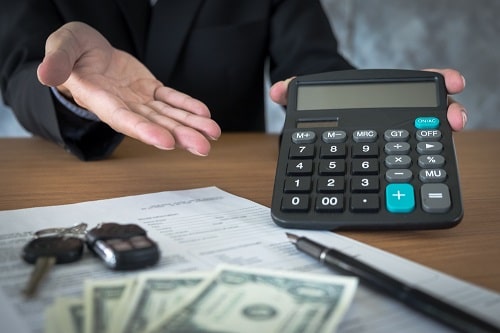
In asking ‘what car can I afford’ look past monthly
When it comes to buying your wheels, the most common method is generally to take out a car loan. In fact, 90% of Australians buy cars in this way.
Not many people have heaps of cash to drop on a car upfront. With car loans, this payment is broken down into monthly instalments over a longer period of time. Usually buyers put down a lump sum from selling their previous vehicle as a deposit on their new car and take out finance to cover the rest.
For instance: you have your eye on a $35,000 Toyota RAV4 and can put down a $5,000 deposit. You get a car loan to finance the other $30,000 and pay it off over 5 years (the average loan term in Australia). Applying an interest rate of 7.83%. per annum (the average annual interest rate on 2023 car loans in the Mozo database), that comes to around $587 per month.
What’s the total cost?
$587 per month sounds a heck of a lot better than $30,000 upfront, right? Well, not really, at the end of your loan term you would’ve paid $40,200 for your car instead of $35,000. However, there is the convenience so…
Also, your car won’t just cost $587.03 per month. To that you’ll need to add fuel, registration fees, maintenance and repairs, changing tyres, car insurance, parking fees and more.
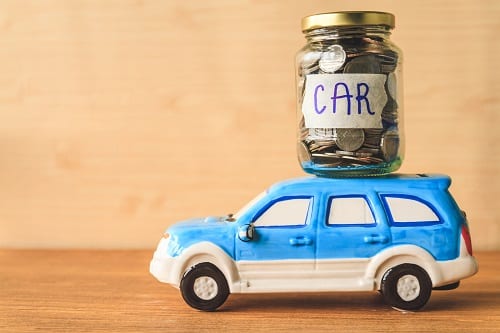
Balloon payments are a consideration
After adding the additional expenses of owning a car, you may realise $587.03 per month isn’t in your budget after all.
At this point, the dealership selling your dream ride may offer you a balloon payment. A balloon payment is a large lump sum payment that’s due at the end of a loan term. Unlike a typical loan, where you make equal monthly payments over the entire loan term, a balloon payment loan structure allows for lower monthly payments throughout the loan term, with a larger final payment due at the end.
While balloon payments reduce your monthly payment amount during the loan term, it’s important to note that payment at the end can be a significant amount. Balloon payments are typically between 30% and 40% of the total value of the car.
In other words, after paying off the loan on your ride for 5 years, you’ll be hit by a whopping $10,500 left to pay.
Different ways to close them out
There are typically several options for handling the balloon payment, such as refinancing the remaining balance, selling the vehicle to cover the payment, or using other sources of funds.
One way is to take out another loan to cover the balloon amount. The interest rate and term on this may differ – but say you happened to get the same interest rate of 7.83% and a loan term of 24 months. Now, at the end of this additional term, you’ve paid $51,400 for your $35,000 car that’s now at least 7 years old!
This might make you rethink how badly you want those new wheels. Then again, it might not. There’s a lot to be said for getting the car you want when you want it and slowly paying it off, even for a higher final price.
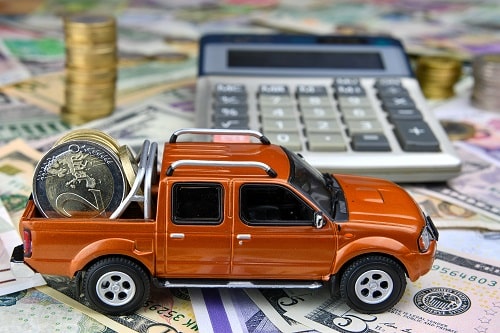
So … how to figure out what car I can afford?
So how do you sensibly work out what car you can afford? We’ve rounded up some no-nonsense steps to get a realistic budget for your car. Here goes!
1. Step away from the showroom
Before you do anything, make sure you’re not still bedazzled by the image of those new wheels in the showroom. It’s easy to fall in love with the thought of a new car, only for it to fade a few weeks later.
Things become a lot clearer when you’re not in a showroom, admiring that automobile beauty and forgetting about the fuel, services, replacement parts and repairs you’re going to have to pay for down the line. Allow yourself a cooling down period before you start dishing out your hard earned bucks.
2. Assess finances to realise what car you can afford
Now, start by examining your overall financial situation, including your income, expenses, and any other financial obligations you have. Work it out over an entire year so all your monthly, quarterly, bi-annual and annual costs are included. This will help you determine how much you can comfortably allocate monthly/fortnightly/weekly towards car-related expenses.
3. Set a budget for ongoing car expenses
Based on your financial assessment, and with your goal car in mind, establish a budget specifically for your ongoing car-related costs – aside from whatever loan you may get. As mentioned, these are costs such as insurance, fuel and maintenance. Be sure to check out this article: Must-Dos of a Fuel Consumption Comparison When Buying a Car.
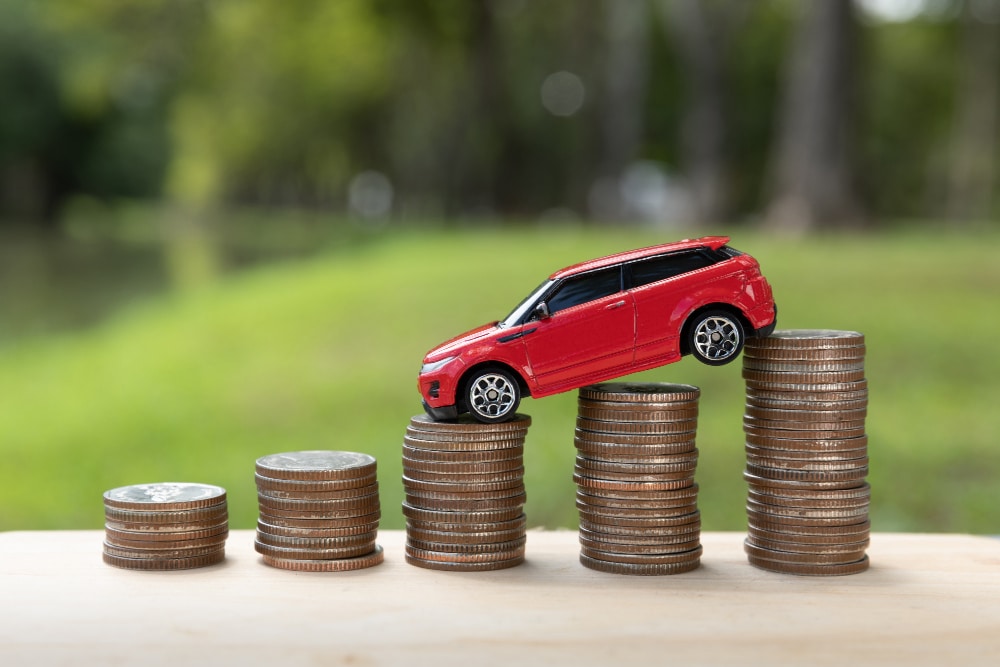
4. Calculate affordability
Once you have a car expenses budget in mind, work up from that base to calculate how much you can afford to spend on the car itself. Again, this will depend on factors such as your monthly income, existing debts, and desired savings goals. As a general guideline, seriously consider spending no more than 10-15% of your monthly income on car-related expenses.
Seriously consider spending no more than 10-15% of your monthly income on car-related expenses.
5. Research car prices
Explore different car models and their prices to get an idea of what fits within your overall budget – taking all upfront and ongoing payments into consideration. Also ponder choices such as buying a second hand car or a new car, as used cars tend to be more affordable. Online car marketplaces, dealership websites, and car valuation websites can provide you with pricing information.
6. Explore financing options
If you plan to finance the car purchase, research different loan options and determine what monthly payment you can comfortably afford. Consider factors such as interest rates, loan terms, regular fees, and down payment requirements. You don’t have to go with the dealership’s finance deal – a bank or other lender could have a better option.
Compare your budget with car prices
Now go back and do a comprehensive comparison of the prices of the cars you’re interested in with the budget you’ve established and the loan you’re likely to be taking out.
If that then blows your budget, you’ll need to adjust your expectations and go through the steps again with a different car in mind. Explore alternative options such as a different model or buying a used car instead of a new one. Or perhaps consider the balloon payment option.
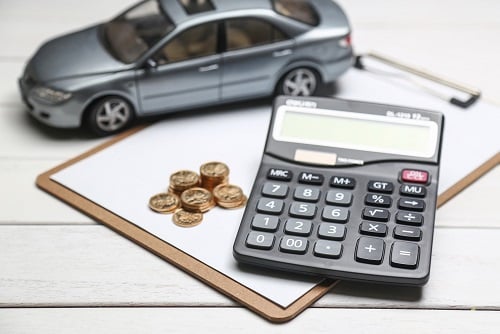
Now you know what car you can afford, where to?
If, after all these steps, you find your dream ride and all its added expense sits well within your means, it may be just the car for you. Go get ’em!
However, if buying these wheels will uncomfortably stretch your budget but you’re still itching to upgrade your ride, there are plenty of options you can explore. Here are more of them:
#1. You could wait for end of financial year car sales to potentially get your dream car for a better price. If you’re using the car for your business, keep our 5 traps to avoid when buying a car for business before EOFY in mind.
#2. You could put your head down and really start saving! Check out our Saving For A New Car This Year guide as well as our tips to reduce car costs.
#3. You could try selling your existing car for more than you thought, thus adding to your deposit amount. Read our How to Sell Your Car Fast and Still Get the Best Price article.
#4. You could forego a new car altogether, and instead upgrade your existing set of wheels. Check out: How to Make Your Car Look Cool on a Budget.
#5. OR, you could shop around for the best car insurance deal, using the money you save on your policy to put towards your car payments. We happen to have a good suggestion on that…

Affordable, value-rich car insurance
The good news is that with PD Insurance you won’t have to worry about your car insurance being overpriced. We also have a whole range of tips, like in our How to Save Money on Car Insurance article.
With our three award winning car insurance plans, you can choose the best option to suit your pocket. Click below to get a quote today.
Share On:

